A Guide to Choosing the Right Camping Gear
Camping is an exhilarating outdoor activity that allows individuals to reconnect with nature and escape the hustle and bustle of eve
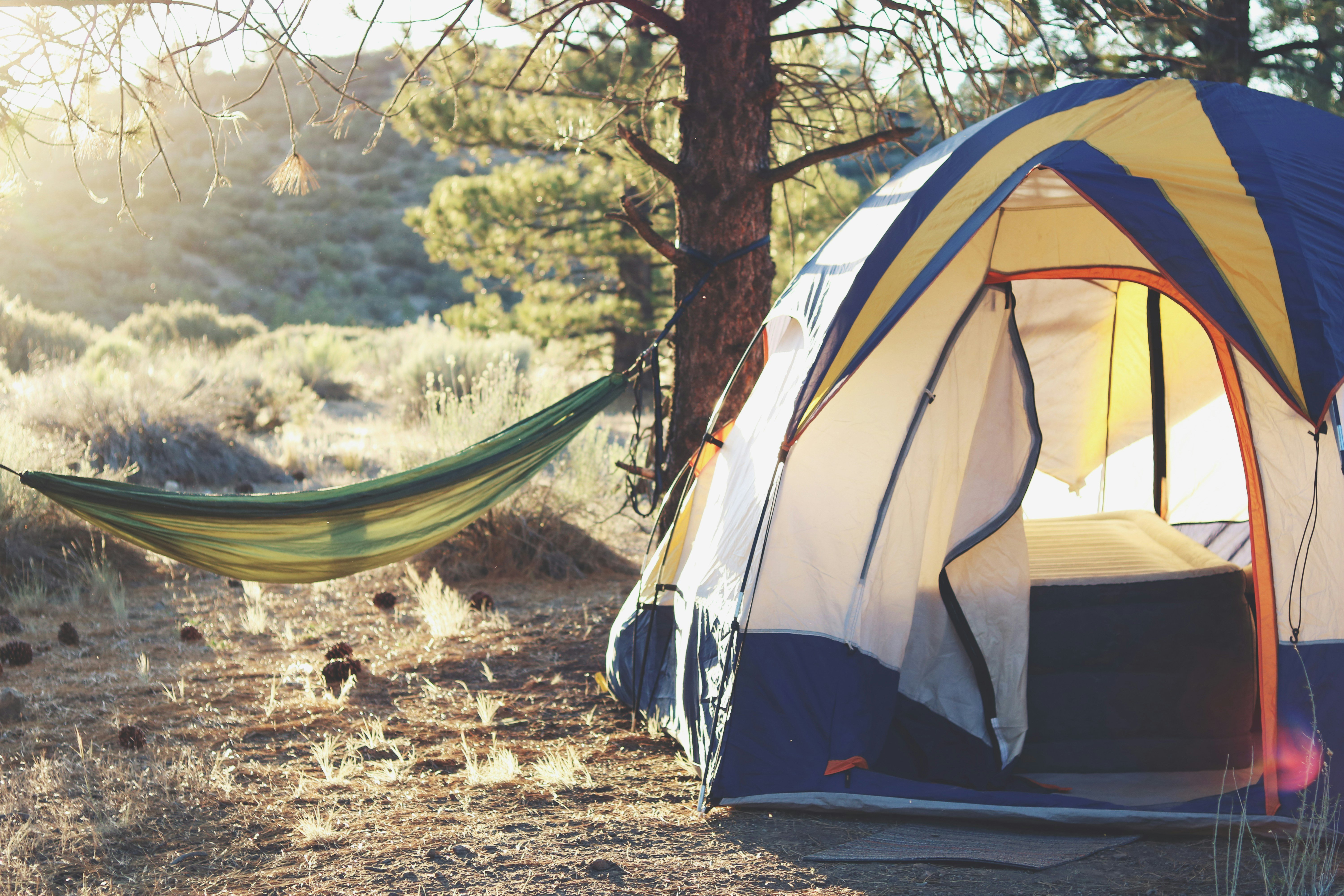
However, selecting the right camping gear is crucial to ensuring a comfortable and enjoyable experience in the great outdoors. In this guide, we will explore the essential factors to consider when choosing camping gear, providing valuable insights to help readers make informed decisions and gear up for their next adventure.
Functionality and Versatility: The Backbone of Camping Gear
When selecting camping gear, it is essential to prioritize functionality and versatility. Look for multi-purpose equipment that can serve various needs, such as a multi-tool with a knife, screwdriver, and can opener, or a versatile tent that can adapt to different weather conditions. Versatile gear not only saves space and weight but also enhances the overall camping experience by catering to diverse situations.
Durability and Quality: Invest in Long-lasting Gear
Investing in durable and high-quality camping gear is critical for a successful outdoor experience. Look for gear made from robust materials, reinforced seams, and sturdy construction to withstand the rigors of outdoor use. Quality gear not only ensures longevity but also provides peace of mind in challenging environments, allowing campers to focus on their adventures without worrying about gear malfunctions.
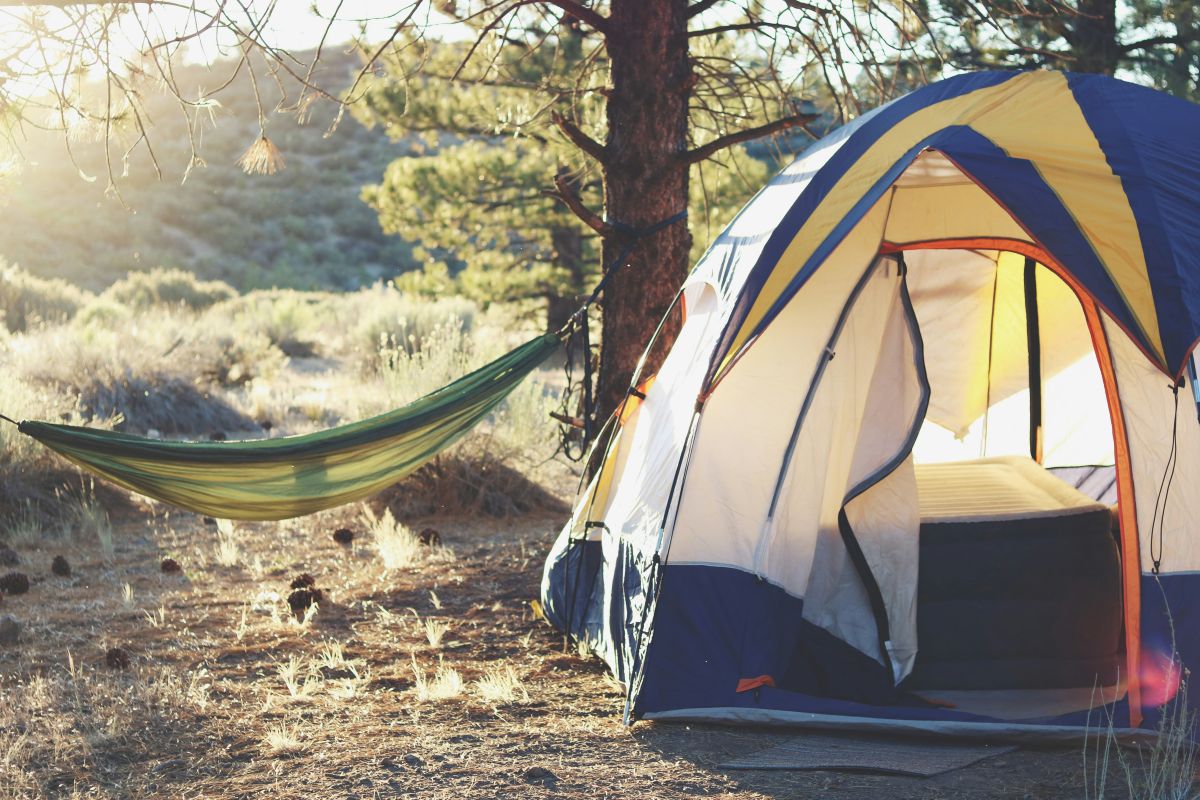
Comfort and Ergonomics: Prioritize Personal Well-being
Comfort plays a crucial role in determining the overall camping experience. When choosing camping gear, prioritize items that prioritize personal well-being, such as a comfortable sleeping pad, ergonomic backpack, or supportive hiking boots. Additionally, consider factors like adjustable straps, breathable fabrics, and padded support to enhance comfort during extended outdoor excursions.
Portability and Weight: Pack Light, Pack Right
Efficiently packing and transporting camping gear is essential for maximizing mobility and convenience. Opt for lightweight and compact gear that minimizes bulk and weight without compromising functionality. Additionally, consider collapsible or foldable options, such as portable cookware and compact chairs, to optimize space and ease of transport.
Weather Resistance and Adaptability: Prepare for Nature's Challenges
Camping gear should be capable of withstanding diverse weather conditions and environmental challenges. Choose waterproof tents, moisture-wicking clothing, and insulated sleeping bags to stay dry and comfortable in inclement weather. Additionally, consider gear with sun protection, such as UV-resistant tents and clothing, to shield against harsh sunlight.
Sustainability and Eco-consciousness: Minimize Environmental Impact
In today's environmentally conscious world, considering the sustainability of camping gear is paramount. Opt for eco-friendly and ethically sourced products, such as biodegradable toiletries, solar-powered lanterns, and reusable kitchenware, to minimize environmental impact and promote responsible outdoor practices.
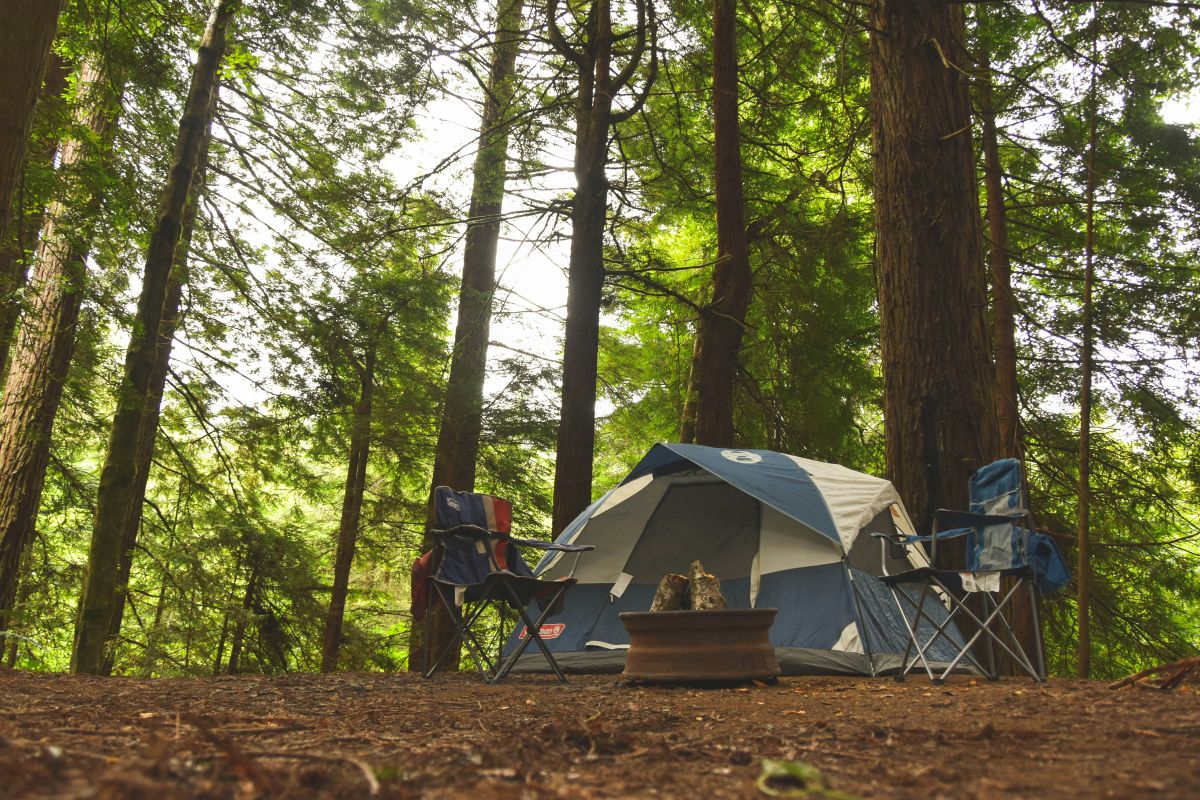
User Reviews and Recommendations: Learn from Fellow Campers
Before making a purchase, take the time to research user reviews and seek recommendations from fellow campers. Learning from others' experiences can provide valuable insights into the performance, durability, and practicality of specific camping gear, helping readers make informed decisions and select gear that aligns with their camping needs and preferences.
Choosing the right camping gear involves careful consideration of functionality, durability, comfort, portability, weather resistance, sustainability, and user feedback. By prioritizing these factors, readers can confidently select gear that not only enhances their outdoor experience but also aligns with their values and environmental responsibility. Remember, the right camping gear can make the difference between a cumbersome outing and a seamless adventure in the great outdoors.
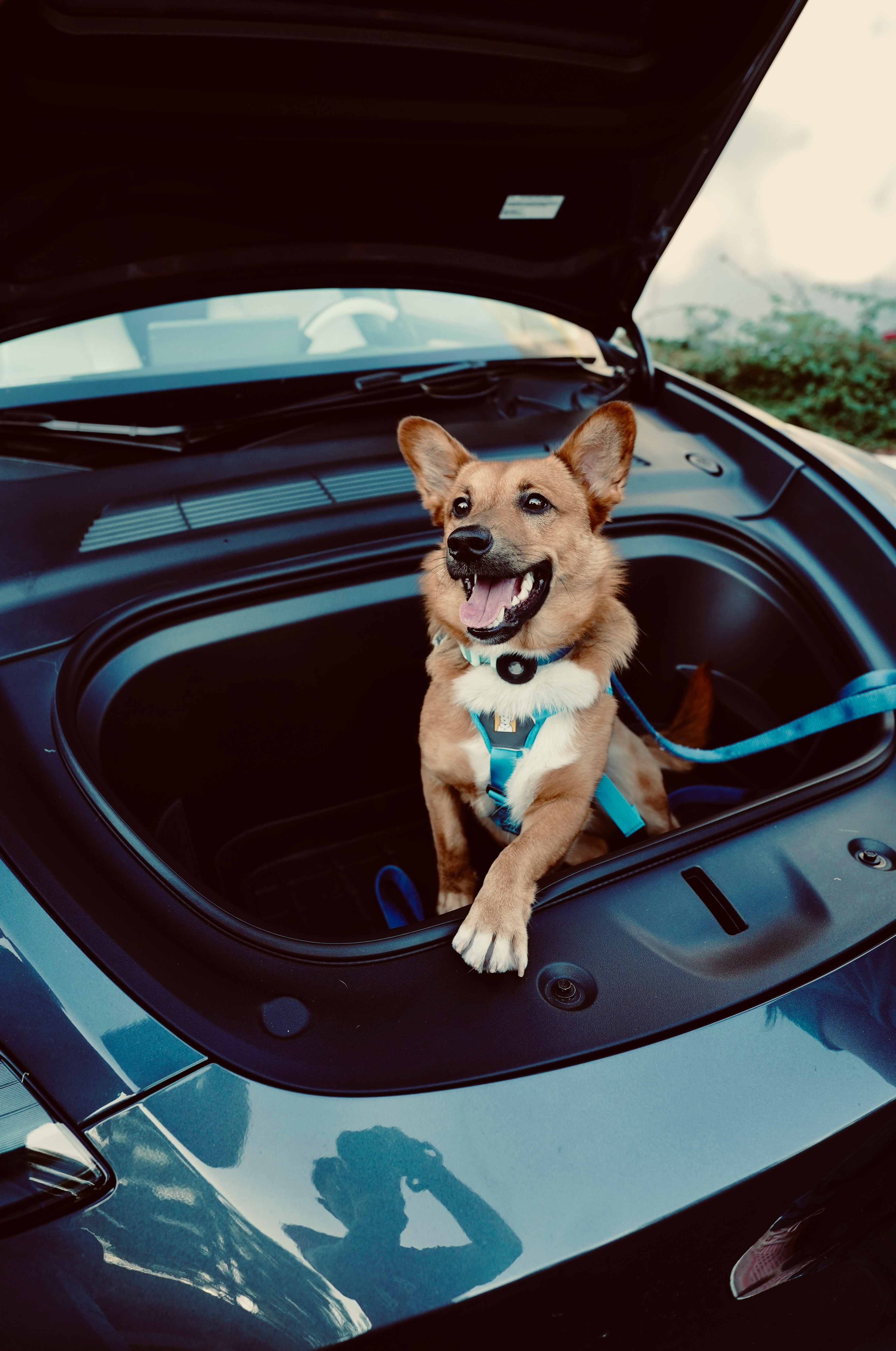
Unlock the Secrets of Tesla Dog Mode: A New Experience for People and Pets
Among them, Tesla's Dog Mode is a feature that has attracted attention, which provides a more comfortable and safe travel experience for pet owners.1.Background and significance of the Tesla Dog modelIn modern society, pets have become an indispensable member of many families. However, during the driving process, how to ensure the safety and comfort of pets is a problem that cannot be ignored. The emergence of the Tesla dog model is to solve this problem. With smart controls, Tesla Dog Mode is able to provide a safe and comfortable environment for pets while parked, ensuring they are well cared for even inside the vehicle.2.The functional characteristics of Tesla dog modeThe Tesla Dog Mode has a variety of functional features designed to meet the needs of different pet owners. First of all, the mode can automatically adjust the temperature in the car, ensuring that the pet does not feel too hot or too cold in the car. Second, Tesla Dog Mode can also display real-time temperature information in the car, allowing owners to keep abreast of the environmental conditions of their pets. In addition, Tesla also allows pets to enjoy comfortable facilities such as music and air conditioning in the car through the intelligent control system, further enhancing the travel experience of pets.3. Operation and use of Tesla Dog modeThe operation of Tesla Dog Mode is very simple and convenient. When owners need to leave the vehicle, they can simply choose to turn on dog mode through Tesla's center screen or mobile app. When this mode is turned on, the vehicle automatically adjusts the interior environment to ensure the comfort and safety of the pet. At the same time, the Tesla dog mode will also display the words "pet in the car, air conditioning is turned on" on the window, as well as real-time temperature information in the car to remind passers-by to pay attention to the pet's condition.
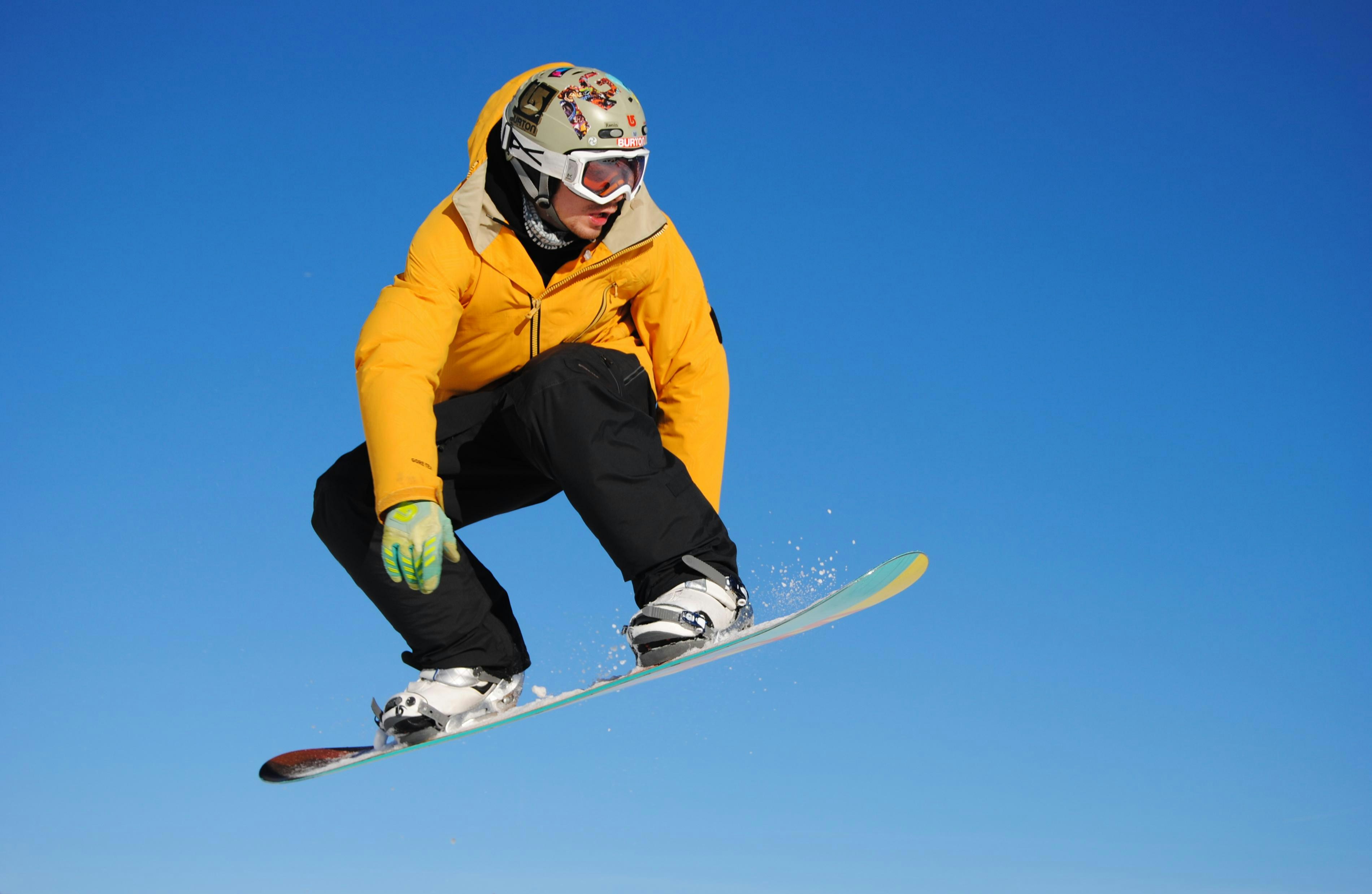
A Comprehensive Guide to Snowboarding Gear for Beginners
For beginners looking to embark on this exciting journey, having the right gear is crucial for their success and enjoyment on the snow. In this guide, we will explore the essential equipment and tools that snowboarding beginners need.Snowboard and BindingsThe most essential piece of gear for a snowboarder is, of course, the snowboard itself. For beginners, it is recommended to choose a shorter, more flexible snowboard as they are easier to control. Look for boards designed specifically for beginners, focusing on stability and forgiveness. Ensure that the bindings can be properly secured to your snowboard boots, providing the necessary support and safety while snowboarding.Snowboard BootsSnowboard boots are a crucial component of your gear, directly impacting your comfort and control on the slopes. Choose boots that fit snugly but not too tight, providing the necessary support and responsiveness for your snowboarding. Consider renting or investing in high-quality snowboard boots that match your skill level and foot shape.Snowboard GogglesProper eye protection is essential while snowboarding to shield against the glare of the snow and wind. Invest in snowboard goggles with UV protection, anti-fog features, and a wide field of view to enhance your vision and protect your eyes from snow, wind, and sunlight.HelmetSafety should always be a top priority in any winter sport, and snowboarding is no exception. A properly fitted, high-quality helmet is crucial for protecting your head from injury in the event of a fall or collision. Look for a helmet with adjustable ventilation to control temperature and consider modern designs with integrated technology for increased safety and comfort.

A Step in the Right Direction: Choosing Comfortable Outdoor Sports Shoes
Whether you're hitting the trails, going for a run, or simply enjoying a leisurely walk in the park, the right pair of shoes can make all the difference in your comfort and performance. In this guide, we will explore the key factors to consider when selecting outdoor sports shoes, providing valuable insights to help our readers make the best choice for their active lifestyle.Support and Cushioning: The Foundation of ComfortWhen selecting outdoor sports shoes, prioritizing support and cushioning is crucial. Look for shoes with ample arch support, a well-cushioned midsole, and a comfortable insole to provide stability and reduce impact on your feet and joints. Whether it's a trail running shoe or a hiking boot, ensuring adequate support and cushioning will help prevent fatigue and discomfort during extended periods of activity.Breathability and Moisture Management: Keeping Cool and DryOutdoor activities often lead to increased perspiration, and wearing shoes with proper breathability and moisture-wicking properties can make a significant difference in comfort. Opt for shoes constructed with breathable mesh or moisture-wicking materials to promote airflow and keep your feet cool and dry, reducing the risk of blisters and discomfort.Traction and Grip: Staying Sure-FootedFor outdoor sports, traction and grip are non-negotiable. Whether you're navigating rugged trails or wet surfaces, choosing shoes with a reliable outsole featuring deep treads or lugs will provide the traction needed to stay sure-footed. Additionally, shoes with a durable and slip-resistant outsole can enhance stability and confidence during various outdoor activities.
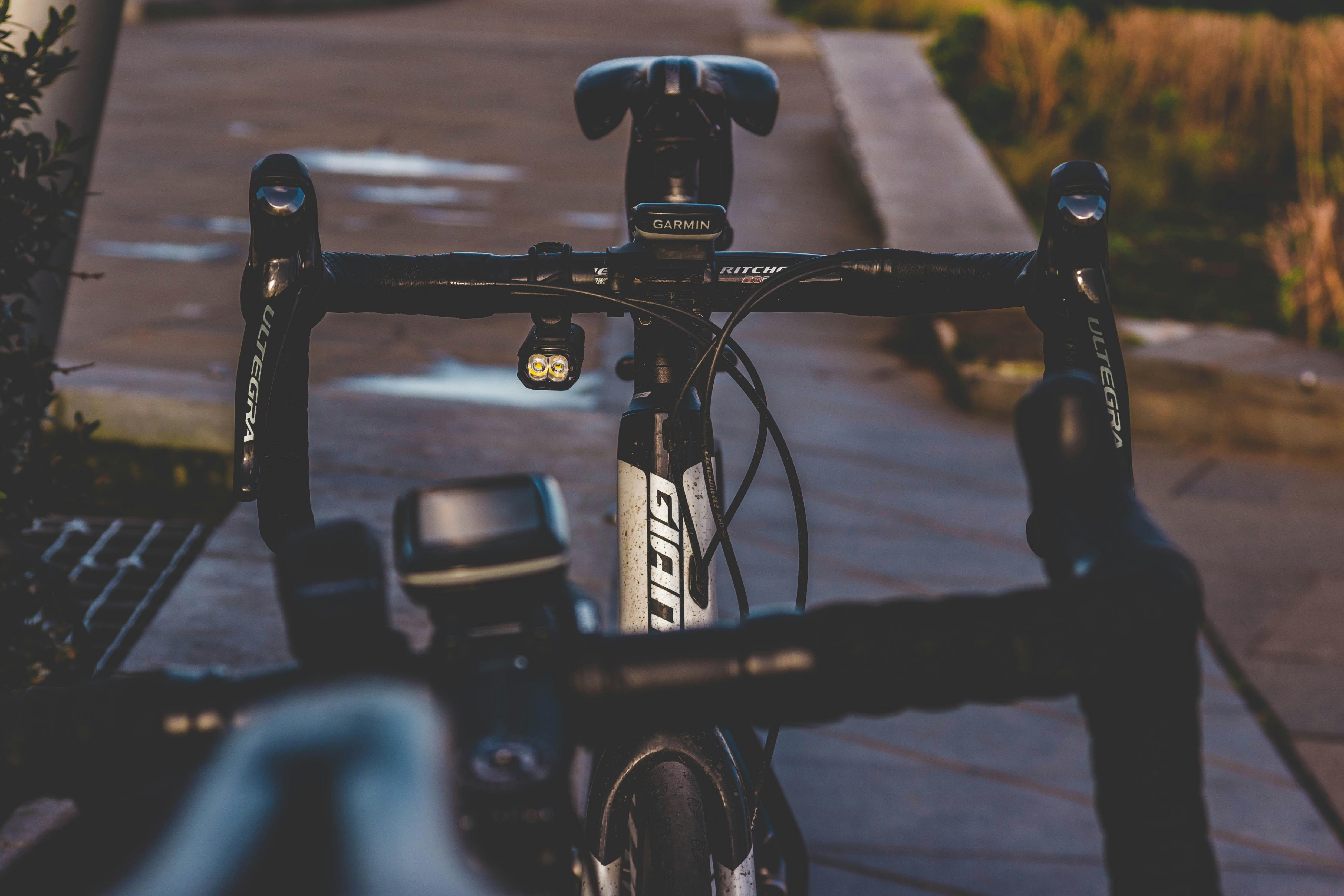
Mastering the Road: A Comprehensive Guide for Road Bike Beginners
For beginners, getting started with road biking can be an exciting but daunting experience. In this advanced guide, we'll provide essential tips and advice for road bike beginners who want to take their cycling to the next level.Bike Fit and ComfortOne of the most crucial aspects of road biking is ensuring that your bike fits you properly. Invest in a professional bike fitting to adjust your saddle height, handlebar position, and overall bike setup to match your body's measurements. A comfortable bike fit will not only enhance your performance but also prevent injuries and discomfort during long rides.Riding TechniquesAs you progress in road biking, it's essential to focus on improving your riding techniques. Practice maintaining a smooth and efficient pedal stroke, mastering gear shifting, and developing the ability to ride in various positions, such as riding in the drops for better aerodynamics and climbing out of the saddle for power.Nutrition and HydrationLonger rides and advanced road biking require proper nutrition and hydration. Learn about the importance of fueling your body with the right mix of carbohydrates, proteins, and fats, and staying well-hydrated to sustain your energy levels during intense rides.Interval Training and Hill ClimbingTake your training to the next level by incorporating interval training into your cycling routine. Interval workouts can help improve your cardiovascular fitness, speed, and endurance. Additionally, focus on hill climbing to build strength and power in your legs, essential for conquering challenging terrain.

How to Skillfully Arrange Soft Furniture in a Limited Space
For many families, how to skillfully arrange soft furniture in a limited space is an important challenge. This article will discuss how to maximize the use of space through reasonable design and layout.First of all, the proper planning and layout of the room is crucial. Before placing soft furniture, it is necessary to clarify the function and needs of the room. For example, if the room is mainly used for rest and relaxation, it may need some comfortable sofas, chairs and beds; If the room is mainly used for work and study, it may need some practical desks, chairs and bookshelves.2.Choose the right sizeIn a limited space, choosing the right furniture size is key. Oversized furniture can take up too much space and make people feel depressed; And too small furniture will appear incongruous, affecting the overall beauty. Therefore, it is necessary to choose the right furniture size according to the size and shape of the room. At the same time, you can also choose some multi-functional, adjustable furniture, such as foldable, movable sofas and beds, as well as detachable, assemblable wardrobes and shelves.3.The use of space heightWhen placing soft furniture, you can use the height of the space to maximize the use of space. For example, the bed frame can be designed with a storage function, and the bed can be used to store clothes, books and other items; Or design the height of the sofa slightly higher than the general level, and set up lockers or drawers under the sofa to store items such as clutter or books.4. Keep the space transparentWhen placing soft furniture, it is necessary to maintain the permeability of the space and avoid the feeling of repression and cramped. Therefore, the placement and direction of the furniture need to be reasonably planned to avoid blocking the passage and Windows, and to maintain the smooth and open sense of the space. At the same time, you can also enhance the sense of space by choosing transparent or light-colored furniture.
TOP NEWS


.png)

.png)

.png)

.png)

.png)

.png)

.png)

.png)
.png)
Recommended suppliers
Trade Alert
- Delivery New Products To YouTell Us What Are You Looking For?

- Acre/Acres
- Ampere/Amperes
- Bag/Bags
- Barrel/Barrels
- Blade/Blades
- Box/Boxes
- Bushel/Bushels
- Carat/Carats
- Carton/Cartons
- Case/Cases
- Centimeter/Centimeters
- Chain/Chains
- Combo/Combos
- Cubic Centimeter/Cubic Centimeters
- Cubic Foot/Cubic Feet
- Cubic Inch/Cubic Inches
- Cubic Meter/Cubic Meters
- Cubic Yard/Cubic Yards
- Degrees Celsius
- Degrees Fahrenheit
- Dozen/Dozens
- Dram/Drams
- Fluid Ounce/Fluid Ounces
- Foot/Feet
- Forty-Foot Container
- Furlong/Furlongs
- Gallon/Gallons
- Gill/Gills
- Grain/Grains
- Gram/Grams
- Gross
- Hectare/Hectares
- Hertz
- Inch/Inches
- Kiloampere/Kiloamperes
- Kilogram/Kilograms
- Kilohertz
- Kilometer/Kilometers
- Kiloohm/Kiloohms
- Kilovolt/Kilovolts
- Kilowatt/Kilowatts
- Liter/Liters
- Long Ton/Long Tons
- Megahertz
- Meter/Meters
- Metric Ton/Metric Tons
- Mile/Miles
- Milliampere/Milliamperes
- Milligram/Milligrams
- Millihertz
- Milliliter/Milliliters
- Millimeter/Millimeters
- Milliohm/Milliohms
- Millivolt/Millivolts
- Milliwatt/Milliwatts
- Nautical Mile/Nautical Miles
- Ohm/Ohms
- Ounce/Ounces
- Pack/Packs
- Pair/Pairs
- Pallet/Pallets
- Parcel/Parcels
- Perch/Perches
- Piece/Pieces
- Pint/Pints
- Plant/Plants
- Pole/Poles
- Pound/Pounds
- Quart/Quarts
- Quarter/Quarters
- Rod/Rods
- Roll/Rolls
- Set/Sets
- Sheet/Sheets
- Short Ton/Short Tons
- Square Centimeter/Square Centimeters
- Square Foot/Square Feet
- Square Inch/Square Inches
- Square Meter/Square Meters
- Square Mile/Square Miles
- Square Yard/Square Yards
- Stone/Stones
- Strand/Strands
- Ton/Tons
- Tonne/Tonnes
- Tray/Trays
- Twenty-Foot Container
- Unit/Units
- Volt/Volts
- Watt/Watts
- Wp
- Yard/Yards
Select template type:
One Request, Multiple Quotes.









